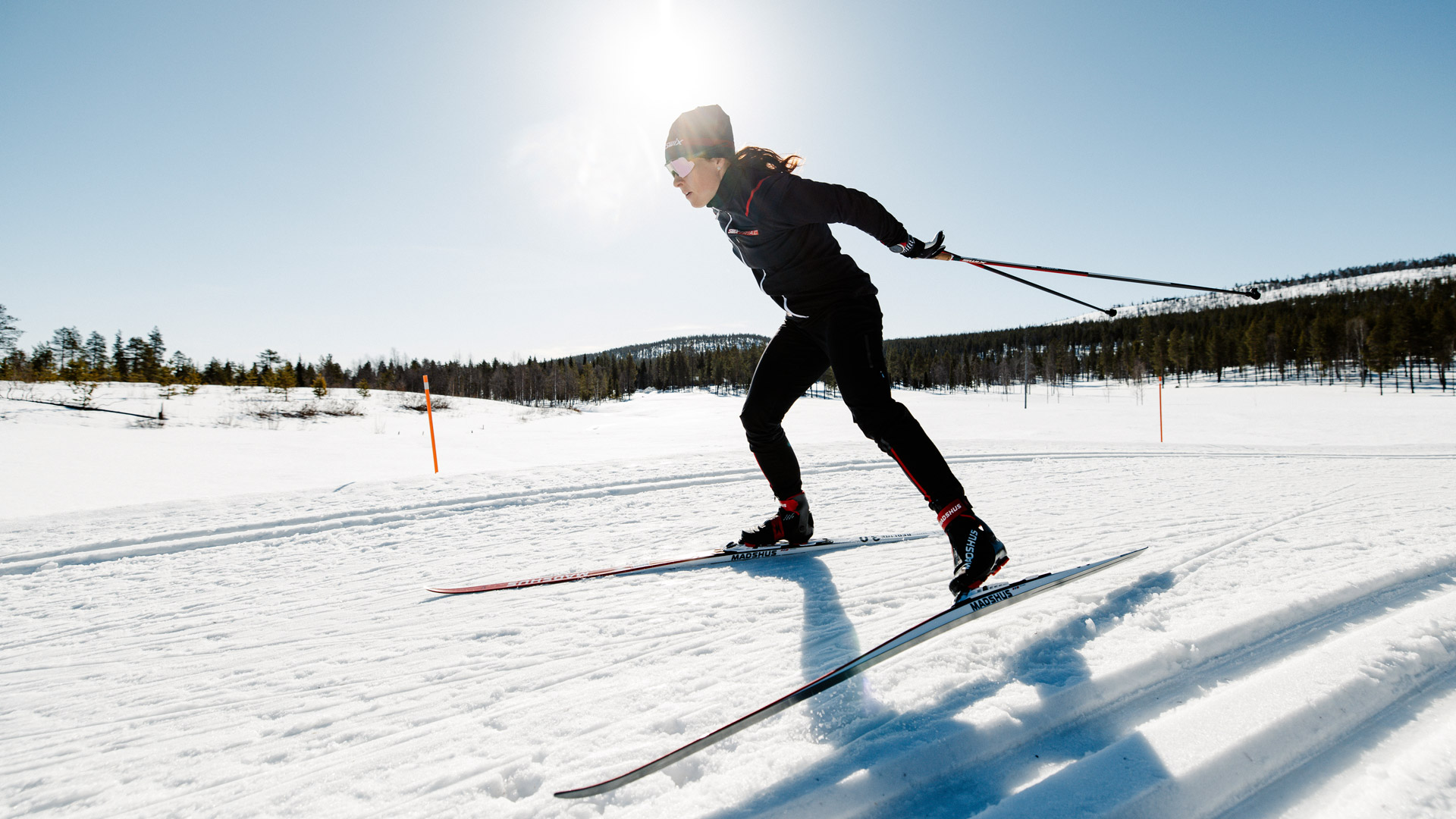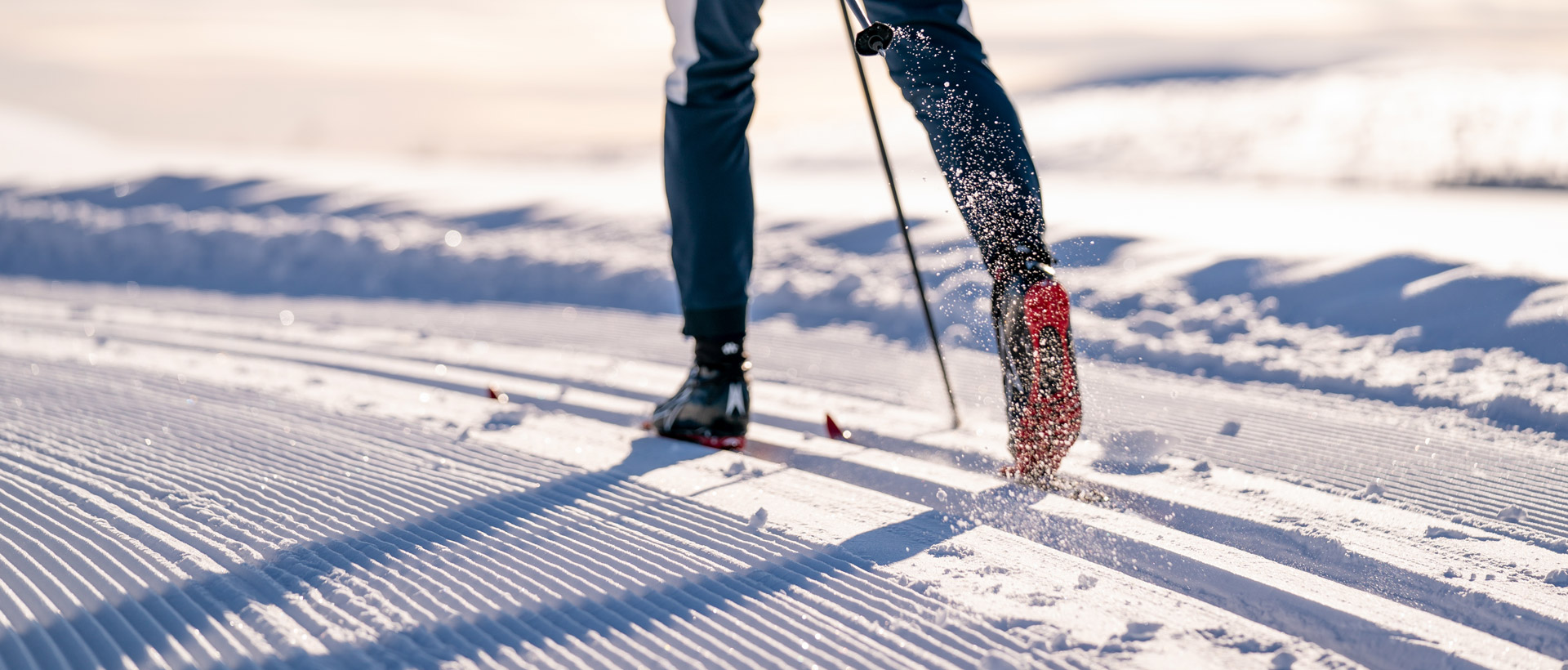Different types of snow and ski lubrication: What you need to know
Fresh snow, coarse-grained snow, fine snow, transformed snow. There are few who have more names for snow than the ski greaser. In this article, you'll learn about the different types of snow you may encounter throughout the winter.

We constantly see that the type of snow you encounter on the trail is just as important as the temperature, when prepping perfect skis.
For example: At minus two degrees, you may encounter either dry fresh snow, converted snow or icy tracks. Fresh snow or icy conditions require you to prep your skis in different ways for optimal results.
Below we have identified eight different types of snow that you can typically encounter during an entire winter season.
Dry fresh snow
Known to most. New snow is found during or shortly after snowfall. Characterized by original snow crystals with sharp corners and edges. Requires harder wax than the more rounded snow particles at the same temperature. By harder wax we mean closer to green and blue than red (which is a soft wax).
Damp fresh snow
When it snows around zero degrees. In this case, we see that the original snow crystals can still be recognized by relatively sharp corners and edges.
Fine-grained snow
This is the dream of many. Fine-grained snow is found in freezing temperatures, and requires slightly softer wax than the same temperature in fresh snow. Fine-grained snow has somewhat more rounded snow and ice particles.
Moist fine-grained snow
This can be found in around zero degrees. The particles in the snow and ice are more rounded, which reveals slightly softer wax than at the same temperature and moist fresh snow.
Old snow
This conditions are often found in sub-zero temperatures when the same snow has been around for a long time.
Old snow requires softer lubrication than fine-grained snow because the crystals are even more rounded and "worn".
Damp, old snow
Now we're getting closer to sticking. Damp and old snow is around zero degrees.
Coarse-grained snow
Often at freezing temperatures. Coarse-grained snow is characterized by relatively large snow/ice particles that occur when wet snow freezes again. The snow surface is hard and icy. Typical ice cream conditions.
Wet, coarse-grained snow
Degrees of heat. Snow that is exposed to mild weather and melts. The snow crystals are completely rounded. Now there are stickers for all the penga.
 The Dream Guide: Everyone loves tram tracks in the mountains and fine snow. At Swix, we often call this Blå extra-føre.
The Dream Guide: Everyone loves tram tracks in the mountains and fine snow. At Swix, we often call this Blå extra-føre.
What are you going with this information?
That's a good question. Your goal must be to avoid a smear boom this winter. Then knowledge of the different types of snow is worth its weight in gold. It is important to keep in mind that the different types of snow, together with temperature, determine which products you put under the skis. It applies to both fastening and sliding.
A good tip is to check the lubrication recommendations of Skisporet.no. Here you will find lubrication tips based on snow type and temperature.
Good luck with your ski wax and good trip.
Be sure to check out Swix's lubrication videos to learn how to best prep your skis.

